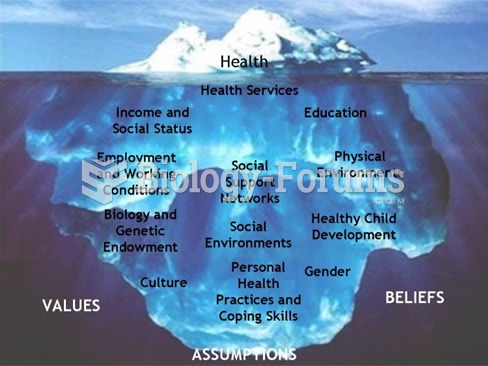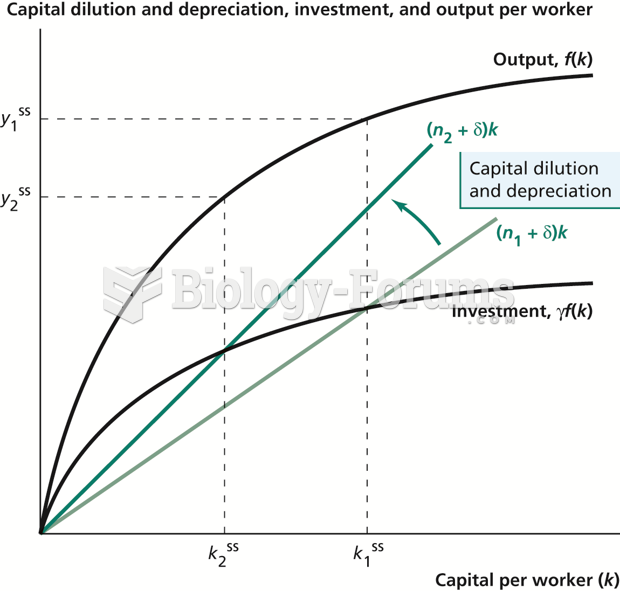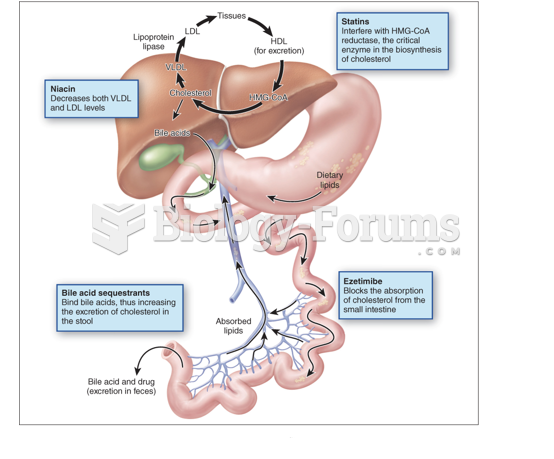Answer to Question 1
Answer: 4
Explanation: 4. To achieve the millennial goal of improving maternal health actions must be taken to ensure that pregnant women receive adequate and timely prenatal care. Establishing portable health clinics in underdeveloped countries to provide prenatal care would help achieve this goal. Explaining dietary requirements may not be appropriate because of access to nutritionally sound food and supplements might be difficult in underdeveloped countries. Preparing educational materials would be helpful however if the actions or resources are not available, the teaching will have no impact on the achievement of the goal. Instructing on the importance of receiving prenatal care would not necessarily help achieve the goal if resources, and medical personnel are not available to provide the care.
Answer to Question 2
Answer: 1, 3, 4, 5
Explanation: 1. Globalization has spatial, temporal, cognitive, and social dimensions. The spatial dimension reflects changes in our perceptions of physical space or geographic territory. Movement back and forth across national borders is common and increasingly easy. The temporal dimension addresses changes in our experiences of time. The cognitive dimension of globalization reflects thoughts about us and our world. To work effectively to address worldwide problems, we need to begin to think of ourselves more as global citizens than as citizens of a specific nation. The social dimension of globalization addresses its effects on people in terms of its impact on livelihood and families. The importance of maintaining standard precautions does not support a dimension of globalization.
3. Globalization has spatial, temporal, cognitive, and social dimensions. The spatial dimension reflects changes in our perceptions of physical space or geographic territory. Movement back and forth across national borders is common and increasingly easy. The temporal dimension addresses changes in our experiences of time. The cognitive dimension of globalization reflects thoughts about us and our world. To work effectively to address worldwide problems, we need to begin to think of ourselves more as global citizens than as citizens of a specific nation. The social dimension of globalization addresses its effects on people in terms of its impact on livelihood and families. The importance of maintaining standard precautions does not support a dimension of globalization.
4. Globalization has spatial, temporal, cognitive, and social dimensions. The spatial dimension reflects changes in our perceptions of physical space or geographic territory. Movement back and forth across national borders is common and increasingly easy. The temporal dimension addresses changes in our experiences of time. The cognitive dimension of globalization reflects thoughts about us and our world. To work effectively to address worldwide problems, we need to begin to think of ourselves more as global citizens than as citizens of a specific nation. The social dimension of globalization addresses its effects on people in terms of its impact on livelihood and families. The importance of maintaining standard precautions does not support a dimension of globalization.
5. Globalization has spatial, temporal, cognitive, and social dimensions. The spatial dimension reflects changes in our perceptions of physical space or geographic territory. Movement back and forth across national borders is common and increasingly easy. The temporal dimension addresses changes in our experiences of time. The cognitive dimension of globalization reflects thoughts about us and our world. To work effectively to address worldwide problems, we need to begin to think of ourselves more as global citizens than as citizens of a specific nation. The social dimension of globalization addresses its effects on people in terms of its impact on livelihood and families. The importance of maintaining standard precautions does not support a dimension of globalization.







